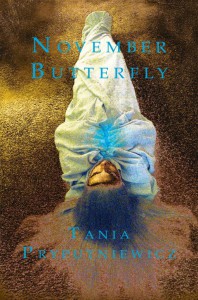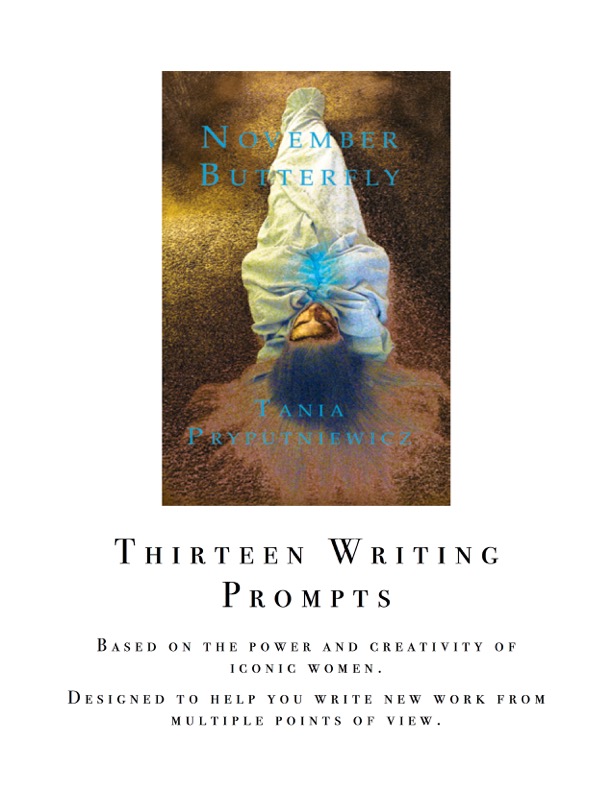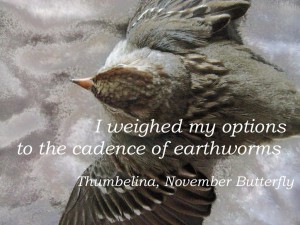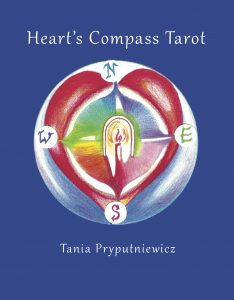
Heart’s Compass Tarot: Discover Tarot Journaling and Create Your Own Cards is forthcoming from Two Fine Crows Books (a new imprint of Saddle Road Press) in February of 2021 and available for pre-order here: Heart’s Compass Tarot.
Advance Praise:
I have to admit that I am a tarot dabbler. I’m fascinated by it, always amazed by the revelations I have when I do work with the cards, but I have never been able to develop the sustained practice that would bring me more familiarity and thus, more benefit from the tarot. That is, until now. After reading the Heart’s Compass Tarot workbook I am confident that I will become a regular practitioner. I found it refreshing that the author did not dictate which deck should be used, or that one must stick to the descriptions of what the cards supposedly mean in the interpretation books that come with the cards. Readers can feel free to experience the cards in their own unique ways and are encouraged to create their own decks and instructions for interpretation. Symbols may be universal, but the interpretations can sometimes be uniquely personal. I will be using this workbook for a long time and anticipate that I will work through it multiple times over the coming years. —Mickey Eliason, author of Reflecting on the Teaching of Angeles Arrien: From A to Z
The Heart’s Compass Tarot workbook helps readers discover their inner voice, the oracle within, and how the archetypes, symbols and personalities found in the tarot are guideposts for our life’s journey. Bring your open heart and allow this workbook to show you how to uncover, befriend, and transform the stories we tell ourselves. The Heart’s Compass Tarot workbook will help you fall in love with yourself again and again. —Jamie Della, author of The Book of Spells
In addition to chapters on interpreting cards and card spreads, Heart’s Compass offers ways to use tarot symbolism to explore numerous creative processes including art, poetry and improvisation. Of particular value is the author’s guidance to successful tarot analysis including the creation of personal cards that can embody deeply meaningful discoveries and reflections. If the tarot is a journey of the soul, then The Heart’s Compass Tarot workbook is its indispensable guide. —William Haigwood, author and creator of The Counterculture Tarot
Tania Pryputniewicz’s Heart’s Compass Tarot workbook is a generous and joyful offering for anyone interested in, curious about, or immersed in the secrets, mystery and magic of the tarot. “You are the oracle,” Tania writes and then, throughout this beautiful workbook, shares with us creative and imaginative paths into working with the tarot and creating our own tarot decks. “The first rule of the heart’s compass approach is self-love and compassion,” and this book resonates with those very qualities. I can’t wait to begin the work. —Judy Reeves, author of A Writer’s Book of Days
As described in the advance praise above, The Heart’s Compass Tarot workbook is designed to help you joyfully explore the tarot through tarot journaling as a path to discovering your own symbols, creating personal tarot cards, and seeding new creative work.
We have beautiful examples of student cards and tarot inspired essays and poetry as well as layouts and exercises you can try to deepen your understanding of your family, your ancestors, and yourself. The best way to stay in touch with me is by signing up for my monthly newsletter. I will post a cover of the workbook here as soon as we have finalized it.
I am indebted to Ruth Thompson and Don Mitchell at Saddle Road Press for their savvy, love, and support. The tarot writing and tarot art classes I teach through Antioch University (through their inspiration2publication program), San DiegoWriters, Ink, and through my website are based on the heart’s compass approach you’ll find in the Heart’s Compass Tarot workbook.
POETRY
 November Butterfly published by Saddle Road Press in 2014 (Poetry)
November Butterfly published by Saddle Road Press in 2014 (Poetry)
In November Butterfly, the lyrical I looks into the mirror to find a different face with each pass. In this way, Pryputniewicz maintains the intimacy of the poetic I while expanding the personal lyric to a global resonance. As Ophelia, Jeanne d’Arc, Nefertiti, Amelia, Lady Diana, Marilyn and Sylvia come to reflect, we too find ourselves dissolving into the mirror…. Pryputniewicz threads the narratives of multitudes into the singular I; with her gift of deep empathy, imagination, and lyricism, she gives readers the chance to live again and again and again.
—Nicelle Davis, author of Becoming Judas
Tania Pryputniewicz has captured, with exquisite timing, eye and taste, the iconic power of our great archetypes, be they ancient or contemporary. Time spent with her work is always enriching.
—Persia Woolley, author of The Guinevere Trilogy
Reading, we enter a world in which Guinevere loves and does not love; we glimpse her as a girl wearing “pale slippers like falcon hoods, / so lethal, so light.” Later, she is a woman, shimmering, conflicted, drawn to a great, obliterating love…. What does it mean to love, deeply, passionately, and in ways that will make it impossible to return to the life one was living before? What does it mean to link the great streaming magic of the everyday—to a real day? Divination and sacrifice offer us a way through. Pryputniewicz does not flinch from the challenges of the labyrinth—pathways that might lead equally, or randomly, to betrayal or desire. “So easy to muck the translation,” she writes, “no common language— that gap between the self one loves and the self one fears.” Her book gives us some courage—as we read and breathe that gap—to return what we find there to our own shattered and shattering, quotidian and startling lives.
—Bhanu Kapil, author of The Vertical Interrogation of Strangers
Poetry Flash, Reading at Moe’s Books (MP3) on Thursday, June 19th, 2014 with an introduction by Richard Silberg; special thanks to Don Mitchell for recording the reading. Includes poems from November Butterfly including Corridor, Mordred’s Dream, Orion, God’s in the Butter, November Butterfly, and Dragonfly.
November Butterfly is available from Indie Bound, Barnes and Noble, Powell’s, or Amazon.
*If you would like to support Saddle Road Press directly, use the contact support on this website to contact Tania; please specify if you would like your copy signed.
*Additional ways to show your support for November Butterfly: consider leaving a review on Amazon or Goodreads; your support and stewardship of poetry is deeply appreciated.
 For writers and teachers of writing:
For writers and teachers of writing:
November Butterfly: Thirteen Writing Prompts Based on the Power and Creativity of Iconic Women Designed to Help You Write New Work From Multiple Points of View (created with generous help from Don Mitchell of Saddle Road Press).
The prompt PDF runs 15 pages and features movie stills with text from the poetry movies I’ve made in collaboration with Robyn Beattie. Each image is accompanied with writing prompts and links you can use personally to kickstart your own writing. Or if you teach in a classroom, the prompt PDF can easily find application in English classes, writing workshops, multi-media classes, or Women’s Studies classes.
The prompts specifically address Marilyn Monroe, Sylvia Plath, Amelia Earhart, Jay DeFeo, Gertrude Stein, Nabokov’s Lolita, The Three Sisters of The Three Oranges fairytale, Lady Diana, Thumbelina, Ophelia, Jeanne d’Arc, Nefertiti, and Guinevere. References to artwork by both Judy Chicago and Kathe Kollewitz also appear.
I would love your feedback on using the prompts personally and/or if you decide to use them in a workshop or classroom setting. Drop me a note using my contact form for details or questions about the PDF.
Selected Prompt Example from Thirteen Writing Prompts Based on the Power and Creativity of Iconic Women Designed to Help You Write New Work From Multiple Points of View:
Thumbelina, Prompt 8
“I’m surprised to find, in writing the poem, that girl, mother, and flower coexist in the imagination alongside an innocence I thought lost, beside a self I thought irreparably fractured.”
Thumbelina: Innocence Found (Feral Mom, Feral Writer).
 Thumbelina, originally published by The NonBinary Review in Issue #1, Grimm’s Fairytales, appears on p. 25 in November Butterfly. The poem speaks from the point of view of Thumbelina addressing her mother while questioning the riddle of their shared fate.
Thumbelina, originally published by The NonBinary Review in Issue #1, Grimm’s Fairytales, appears on p. 25 in November Butterfly. The poem speaks from the point of view of Thumbelina addressing her mother while questioning the riddle of their shared fate.
- Read a version of the original Hans Christian Andersen Thumbelina here at East of the web. Make a list of all of the characters, peripheral as well as central. Write a poem from the point of view of the Toad mother, Toad son, cockchafer, field mouse, butterfly tethered to leaf, swallow in the tunnel, or any other character appearing in the poem.
- Thumbelina ushers us into the world of miniatures. What if she were instead a giantess (think Gulliver’s Travels, female protagonist)? Set your Giantess down in a world of your own making.
- Read Carl Sandburg’s Rootabaga Stories (available for free on Gutenborg.org books) set in the American Midwest and featuring such characters as Potato Face Blind Man, corn fairies and more. Written for his daughters, Sandburg’s tales reverberate with sound play equal to A Child’s Christmas in Wales by Dylan Thomas. While Thomas follows a narrative sequence, Sandburg often has no direct path to or from but seems to delight in the turn of the phrase on the way to just about anywhere in the tale. Take a physical setting from your childhood and describe it once with Hans Christian Andersen’s fairytale eyes (or Grimm’s) and once with Carl Sandburg eyes.
- Watch the video for Thumbelina (photos by Robyn Beattie, Mort Garson’s Taurus, The Voluptuary music adapted and performed by Stephen Pryputniewicz). You’ll find stills representing bondage and stills representing freedom from the interior of Thumbelina’s experience. Find images to represent these states for the character you have chosen to write about or make a list of opposing states and seek to illustrate them with your own photographs or images.
Additional Links:
Carl Sandburg and The Rootabaga Series: When Nonsense Prevails at the Huffington.
How Hans Christian Anderson Revolutionized Storytelling Plus the Best Illustrations from 150 Years of the Beloved Fairytales. Maria Popova’s Brain Pickings. Features visual depictions of Thumbelina, The Snow Queen, the Nightingale, The Little Mermaid and more. Be sure to scroll all the way to the end to see the variety depending on illustrators from Kay Nielsen to Maurice Sendak to Takeo Takei.
Thumbelina grows up by Jenny Rossi (short prose poem).
Thumbelina board on Pinterest (images).


